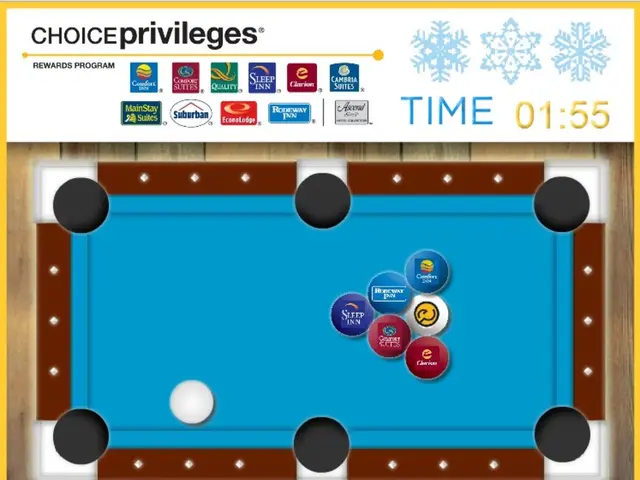Advertising Research Foundation Suggests Revamping Television Classification System
New TV Classification System Proposed by Advertising Research Foundation
The Advertising Research Foundation (ARF) has proposed a new framework to reclassify how U.S. households connect to television, reflecting its long-held position on revising outdated methods of TV audience measurement. The new classification system is intended to more accurately represent how households connect to television in the digital age.
The new system divides households into six segments. The first segment captures households that subscribe to traditional pay-TV services, such as cable or satellite. The second segment includes households that rely on over-the-air (OTA) signals. The third and fourth segments capture households relying on digital-only signals, with the third segment consisting of households that subscribe to virtual multichannel video programming distributors (vMVPDs) like YouTube TV or Hulu + Live TV, and the fourth segment consisting of households that use apps to receive all or some of their TV signals.
The latest trend data from ARF's DASH TV Universe Study, including the first wave of DASH 2024, underscores the continued mainstreaming of streaming television. In 2024, the pay-TV segments and OTA comprise the linear TV universe, which ARF says represented 74% of U.S. TV households in spring 2024. However, the new system's four segments of the pay-TV universe, representing 59% of TV-accessible households in spring 2024, indicate a shift towards digital platforms.
The penetration of paid AVOD services has "exploded" over the past two years, from 17% in 2022 to 63% in the spring of 2024. Netflix and Prime Video account for the vast majority of the recent gain in paid AVOD services. Free ad-supported streaming TV (FAST) continues to grow as well. The new framework by ARF is based on both the platform viewers watch content on and the device they use.
Interestingly, adoption of vMVPDs has picked up among older (55-plus) households, suggesting that the technology is mainstreaming. However, the penetration of vMVPDs has flattened out, indicating a saturation point in the market. On the other hand, SVOD penetration has fallen over the same period, though not at the same rate.
The new TV classification system proposed by ARF aims to replace the pay TV/broadband-only/over-the-air scheme the TV industry has relied on for years. The new system is a reflection of the changing landscape of television, where the lines between traditional pay and streaming services are continuing to blur, moving towards a new paradigm.
In 2024, the ARF's new TV category classification due to the growth of streaming TV and "appified" pay TV included companies and organizations involved in these emerging platforms, but no specific companies or organizations were explicitly named in the search results. The new framework is expected to provide a more accurate and comprehensive view of TV audience measurement, enabling better insights for advertisers and content providers.








